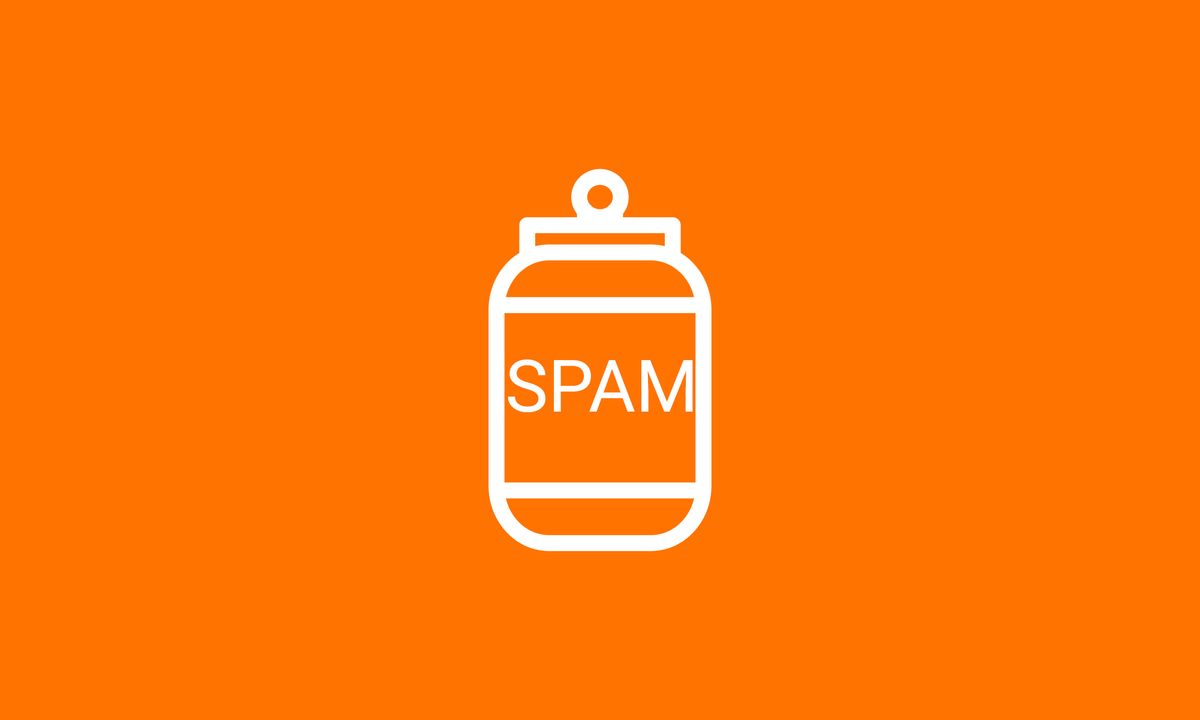There's a notion among businesses that the more extensive their email newsletter subscriber list, the better their email marketing will perform.
It sounds highly logical on paper: a larger audience results in more eyeballs on your product/service/brand and could yield greater results.
However, this approach is not just flawed, but it could be significantly damaging your email performance and overall revenue potential.
The illusion of a large database
The irony is that while larger databases are expected to drive better marketing results, they often do the exact opposite. Unless it's of exceptional quality, the size of your subscriber list is just a vanity metric.
Firstly, why would you even want to email someone who doesn't want to be emailed by you?
Secondly, there are technical reasons why it can mean the people who do want to receive your emails might not get to them if you aren't following best practice list management.
This surprising outcome occurs when some recipients are disinterested in the newsletter content or your brand. In these instances, email deliverability suffers, your content resembles spam, and those who genuinely are interested may not even receive your emails because you're passing signals to email providers that you're not sending out valuable emails.
The root cause: a dirty email list
One of the most common culprits behind poor email performance is an unclean, or 'dirty', mailing list.
These lists lower your performance and deliver your messages to unengaged, inactive contacts that we can affectionately refer to as "zombies".
By ignoring your emails, these zombies inadvertently signal the Email Service Providers (ESPs) that your content is irrelevant or even spammy.
ESPs regard this lack of engagement seriously. And when your emails appear uninteresting to a large portion of your audience, the chances of being marked as spam increase.
This issue affects your sender's reputation, causing your emails to land in spam boxes and, consequently, not reach the inboxes of interested subscribers.
A dirty mailing list not only costs you valuable customers but also puts you at the risk of ruining your brand's reputation.
The power of double opt-in
The goal of a successful email newsletter is to maintain a consistent cordial relationship with your audience.
Securing audience approval for your newsletter, particularly through the double opt-in method, is a robust approach to enhance this relationship and build trust.
Contrary to what many believe, the double opt-in method—where users confirm their subscription to your newsletter twice—can significantly improve the engagement and deliverability rates. It ensures that every subscriber on your list is genuinely interested in and has consciously chosen to receive your content.
Why does this matter? You're more likely to develop a clean and engaged mailing list by prioritising double opt-in. This method dramatically decreases the chance of ending up with subscribers who might ignore your emails (which damages your deliverability) or even mark your emails as spam.
Another practice to heed is avoiding pre-selected subscription checkboxes, particularly during the checkout process. While it might increase your subscriber numbers, this 'forced opt-in' practice will harm engagement rates, email reputation, and, ultimately, the performance of your email campaigns.
While it's tempting to take shortcuts to maximise the size of your email list, the ethical and efficient way to build your mailing list is by earning your audience's approval.
It is a clear and straightforward path to better engagement, improved email deliverability, and the avoidance of spam traps, leading to the sustainability and success of your email campaigns.
The solution: prioritising list hygiene
Maintaining a clean email list can be daunting, primarily because businesses hesitate to remove contacts they've worked hard to acquire. However, it's worth stressing that, in most cases, keeping your list clean is critical.
The first step in this process is to recognise your database's cleanliness or lack thereof. Tools and services exist to facilitate an 'email cleanse'. One of my favourites is called Bounceless.
Following this analysis, the next step involves implementing measures to maintain your list's integrity on an ongoing basis and to stop filling your list with anyone who has a remote connection with your business.
Let's concentrate on sending valuable content to those who want it rather than holding onto zombie subscribers who could ultimately harm your campaigns.
Reassessing your strategy could help steer your business away from the fallacy of large mailing databases. Prioritising the quality of your email list over sheer quantity can result in stronger engagement, a robust sender reputation, and, ultimately, better performance from your email ventures.
❌ The Don'ts of building your email subscriber list
- Never buy email data: Purchasing email lists might seem tempting for quick growth, but it's an unethical, short-term tactic. These lists usually contain low-quality leads who haven't opted in to receive your communication, which reduces engagement and damages your sender's reputation.
- Avoid spam-like behaviour: Don't send emails to individuals without explicit permission. This will harm your sender's reputation and could get your emails classified as spam.
- Steer clear of pre-selected checkboxes: During a checkout process or account creation, avoid pre-ticked boxes that automatically sign up customers to your newsletter. This can lead to low engagement rates and damage your sender's reputation.
- Avoid holding onto inactive subscribers: Don't keep inactive or "zombie," subscribers in your email list. They lower your performance and signal to Email Service Providers that your content may be irrelevant or spammy.
- Don't delay unsubscription requests: When a contact chooses to unsubscribe, act promptly. Failure to do so might lead to spam complaints.
✅ The Do's of building your email subscriber list
- Focus on quality over quantity: Always prioritise quality over quantity when it comes to your email list. A large database may be appealing, but it won't always yield better results.
- Utilise double opt-in: Encourage your users to confirm their subscription via double opt-in method. This will help ensure each subscriber is genuinely interested and significantly improve engagement and deliverability rates.
- Maintain a clean email list: Regularly cleanse your email list to remove inactive contacts, incorrect email addresses, and obvious spam accounts. Use tools like Bounceless to assist in this process.
- Implement re-engagement campaigns: Before removing disinterested subscribers, try sending re-engagement or 'win-back' campaigns to reignite their interest.
- Provide value in your content: Email your subscribers useful, engaging content. The more they find your emails beneficial, the likelier they are to open and engage with them.
- Don't always sell: Try to remove focus from sales and towards adding value. Promotional emails have a place, but try to make them less frequent than emails that add value.
How to cleanse your email list
Cleaning your email list is not an immensely time-consuming process. Here's a guide to help you maintain a clean list:
- Identify inactive subscribers: Initially, identify email recipients who haven't engaged with your emails in a significant period, say six months. These subscribers are unlikely to engage with future content and can harm your email sender's reputation. To be specific, anyone who has opened an email is engaged.
- Re-Engagement Campaigns: Before eradicating the idle subscribers, consider sending a re-engagement or 'win-back' campaign. These are specialised emails aiming to provoke engagement and discern if the subscriber remains interested in your content. Let them know that if they want to continue receiving the emails, they should click the subscribe button; otherwise, they will be removed from the list.
- Remove Invalid Email Addresses: Utilise email validation services to detect and remove spoofed, incorrect or non-existent email addresses. Sending emails to addresses like this will bounce, hurting your deliverability rates and sender reputation.
- Eliminate spam accounts: Keep an eye out for email addresses that look suspiciously spam-like. Accounts with weird combinations of letters and numbers or extensions from obscure email domain providers must be scrutinised.
- Unsubscribed Contacts: Make sure any contacts who have chosen to unsubscribe are removed promptly.






